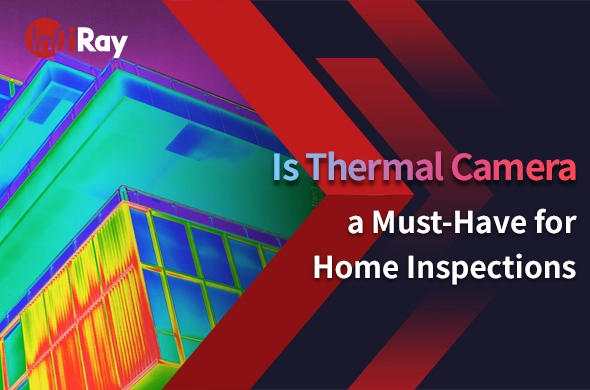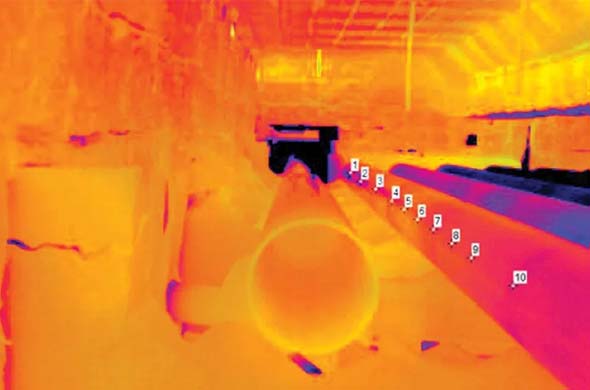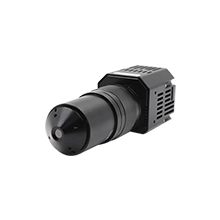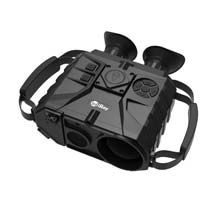What is Thermal Imaging in Home Inspection?
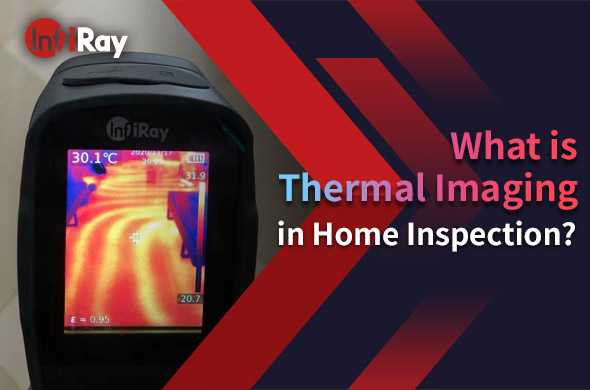
Homeowners often encounter various challenges in maintaining their homes, and one critical aspect is ensuring the structural integrity and safety of the property. This is where home inspections play a pivotal role, and among the advanced technologies employed, thermal imaging stands out as a game-changer.
Understanding Thermal Imaging
At its core, thermal imaging involves the use of specialized cameras to detect heat variations in an object or surface. These cameras, equipped with infrared sensors, capture the thermal radiation emitted by objects, translating it into a visual representation of temperature differences. Unlike traditional inspection methods, thermal imaging allows us to identify hidden issues that may not be apparent to the naked eye.
Thermal imaging works by assigning colors to different temperature ranges, with warmer areas appearing as lighter colors and cooler areas as darker shades. This capability enables inspectors to pinpoint anomalies, making it an invaluable tool for a comprehensive home inspection.
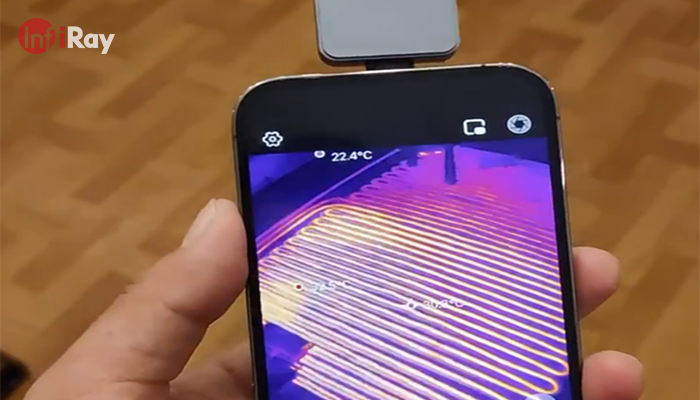
Applications of Thermal Imaging in Home Inspection
1. Identifying Energy Inefficiencies
Thermal imaging plays a crucial role in assessing a home's energy efficiency. By detecting heat loss or gain, inspectors can identify areas where insulation may be lacking, windows and doors that aren't properly sealed, or HVAC systems that are working overtime. This insight empowers homeowners to make targeted improvements, ultimately reducing energy consumption and lowering utility bills.
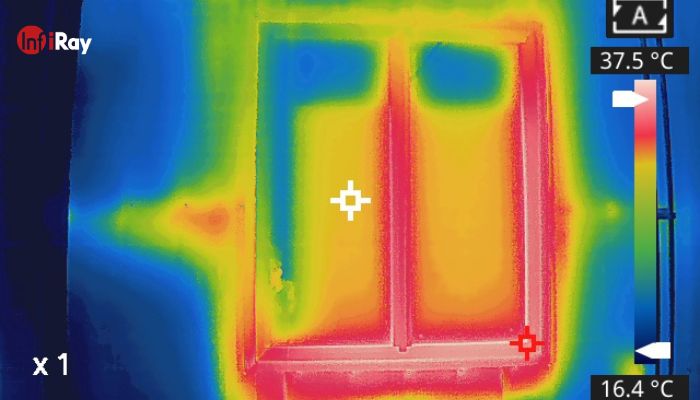
2. Detecting Moisture and Water Leaks
Water damage can wreak havoc on a home, often going unnoticed until it becomes a significant issue. Thermal imaging allows inspectors to identify moisture buildup and water leaks behind walls or in ceilings. Early detection not only prevents structural damage but also helps mitigate the risk of mold growth, safeguarding the health of residents.
3. Locating Electrical Issues and Potential Fire Hazards
Faulty wiring and electrical issues pose serious risks to homeowners. Thermal imaging can identify areas where electrical components are overheating, signaling potential hazards. This proactive approach allows homeowners to address electrical issues before they escalate into safety concerns, reducing the risk of electrical fires.
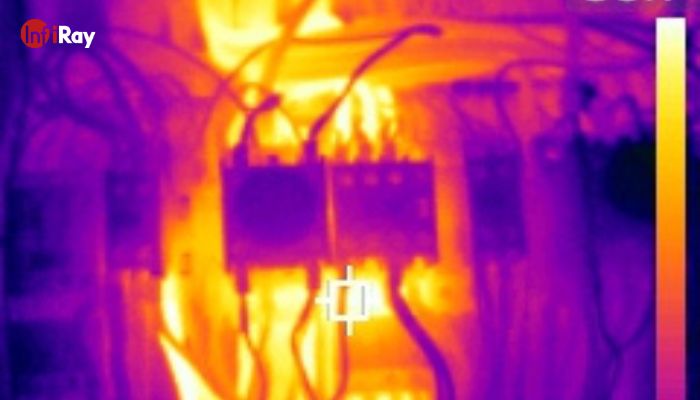
4. Inspecting HVAC Systems for Performance Issues
Heating, ventilation, and air conditioning (HVAC) systems are critical for maintaining a comfortable home environment. Thermal imaging enables inspectors to assess the performance of HVAC systems by identifying issues such as blocked ducts, malfunctioning components, or areas with inadequate airflow. This not only ensures optimal comfort but also extends the lifespan of these expensive systems.
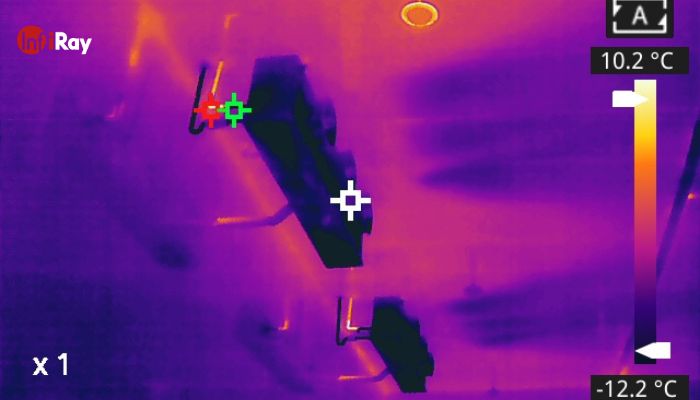
Benefits of Thermal Imaging in Home Inspection
The benefits of incorporating thermal imaging into home inspections are numerous. Firstly, it enhances accuracy and efficiency, allowing inspectors to identify issues that may go unnoticed with traditional methods. Additionally, thermal inspections are non-invasive, meaning there is no need to drill holes or tear down walls to uncover hidden problems. This not only saves time but also reduces the costs associated with invasive inspections.
Moreover, the preventive nature of thermal imaging can lead to substantial cost savings in the long run. By identifying and addressing potential issues early on, homeowners can avoid expensive repairs and prolong the lifespan of their home's components.
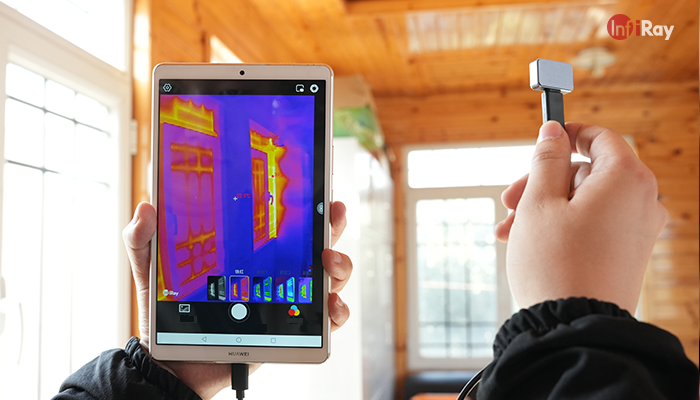
FAQs about Thermal Imaging in Home Inspection
1. Is thermal imaging safe for homes?
· Yes, thermal imaging is non-invasive and completely safe for homes and residents.
2. How often should I have a thermal inspection?
· It's recommended to have a thermal inspection annually, especially before extreme weather conditions.
Thermal imaging has revolutionized the field of home inspection, providing homeowners with a powerful tool to ensure the safety, efficiency, and longevity of their homes. Whether identifying energy inefficiencies, detecting hidden water leaks, or preventing electrical hazards, thermal imaging has become an indispensable component of a thorough home inspection.

 français
français  Deutsch
Deutsch  Español
Español  italiano
italiano  русский
русский  português
português  العربية
العربية  日本語
日本語  한국어
한국어  magyar
magyar 






